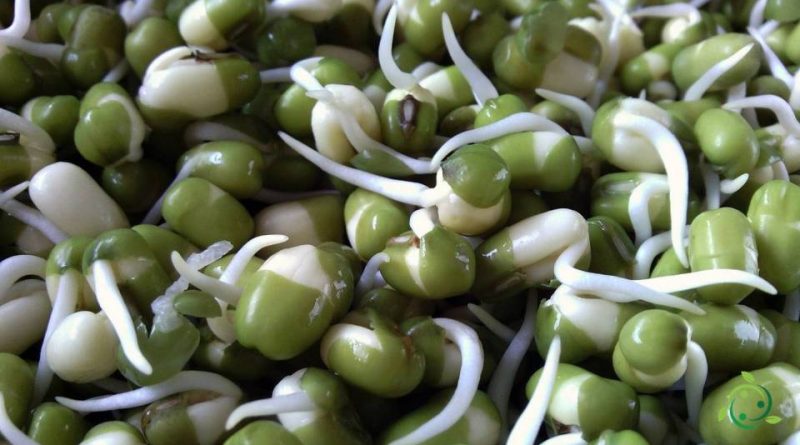Nutritional value of Soy
Nutritional value of Soy
Soy (Glycine max (L.) Merr.) Is a herbaceous plant of the Fabaceae family native to East Asia and is cultivated for food purposes. In its natural state there is a similar species, Glycine soja, the wild soybean.
Characteristics –
Soy is an annual plant, with a growth that goes from prostrate (with a maximum height of 20 centimeters) to erect (2 meters high).
The plant has a typical brownish down that covers the legume, the stems and the leaves.
The leaves are trifoliate, with rather large single leaflets (6–15 cm long and 2–7 cm wide).
The fruits are short legumes (3–8 cm) and contain few seeds (usually 2 to 4) with a diameter of 5–11 mm.
The roots of this plant, like many other legumes, host a symbiotic bacterium, Bradyrhizobium japonicum, which fixes atmospheric nitrogen.
There are many varieties and cultivars of this plant.
Nutritional factsheet –
Soy has a high nutritional value as it contains proteins, fats, carbohydrates, mineral salts (especially potassium, phosphorus, magnesium and calcium) and vitamins (A, C and B vitamins). Proteins are an important component of the soybean both from a quantitative point of view, they are on average 40% of the dry weight of the seed with some varieties in which they can reach 49% (a quantity much higher than the quantity supplied on average by others. leguminous which is about 20-25%), both from a qualitative point of view containing all eight essential amino acids that our body is unable to synthesize. Although poor in methionine, it is still rich in lysine and leucine and, compared to cereals, it has high percentages of tryptophan
The fat content represents on average 20% of the dry matter (in some varieties it reaches 25%). It is about 90% unsaturated fat.
An important component of soy is soy lecithin which is a mixture of phosphoric acid, choline, fatty acids, glycerol, glycolipids, triglycerides and phospholipids with excellent cholesterol-lowering activity.
Fibers, with their 22%, help to regulate intestinal functions.
On average 00 g of soy contain 407 kcal / 1701 kj. Furthermore, for every 100 g of this raw product we have values that are around:
– Water 9.5 g;
– Carbohydrates 23.2 g;
– Sugars 11 g;
– Protein 36.9 g;
– Fat 19.1 g;
– Cholesterol 0 g;
– Total fiber 11.9 g;
– Sodium 4 mg;
– Potassium 1740 mg;
– Iron 6.9 mg;
– Calcium 257 mg;
– Phosphorus 591 mg;
– Vitamin B1 0.99 mg;
– Vitamin B2 0.52 mg;
– Vitamin B3 2.50 mg.
Property –
Due to its nutritional properties and the particular content of some substances, soy is a food of great energy value (122 kcal per 100 g), therefore useful in cases of fatigue, asthenia, convalescence and growth.
This legume, if used well in nutrition, performs a remineralizing, antiastenic and rebalancing function of the body.
Furthermore, being almost free of starches and purine (nitrogen compound present in uric acid), it is particularly suitable for diabetics and arthritics who can consume it in the form of bread or pasta.
Furthermore, recent studies and experiments have shown that the lecithin contained in soy, in addition to reducing the level of cholesterol in the blood (facilitates the incorporation into HDL of the cholesterol present in excess in peripheral tissues), also manages to lower the concentration of lipoproteins responsible for many diseases, if present in excessive quantities.
Furthermore, we must not neglect the richness in isoflavones, present in soy, which are recognized as a cholesterol-lowering action and in phytoestrogens (plant-based estrogens) which counteract the most annoying symptoms of pre-menopause and decrease the probability of breast cancer. .

